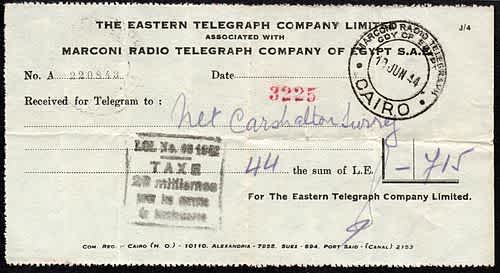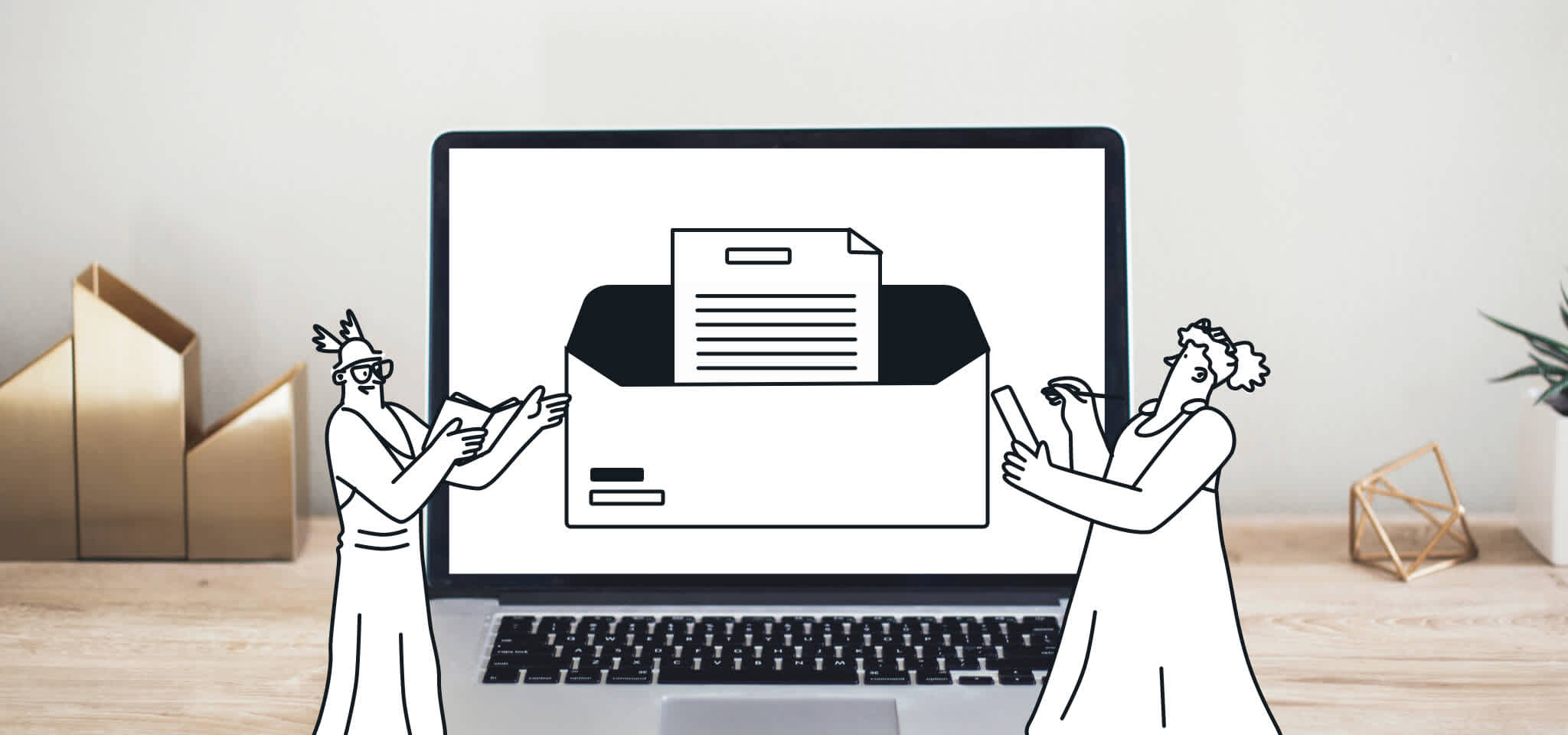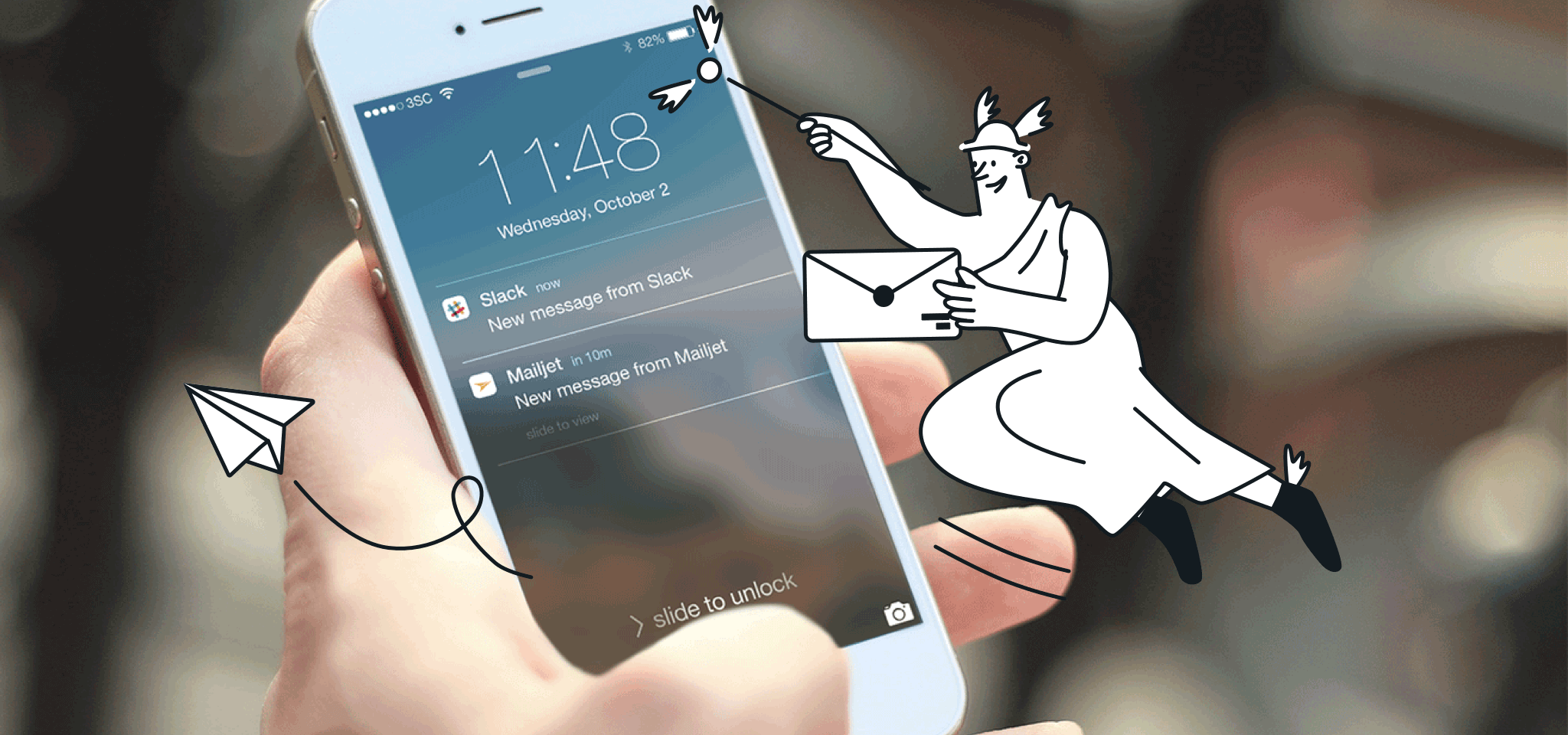Email Best Practices
15 tips for optimizing your transactional emails
Transactional emails are essential for your business because they are expected by your customers. Here are 15 tips to optimize them.

PUBLISHED ON
Recently, I received an email in my inbox from ...noreply“ with the subject ...Email confirmation of receipt of your message.“ If the sender had at least revealed his identity from the beginning, I would have known that it was referring to a message I had sent a few hours before to the customer service of a chain of filling stations
Luckily, there was no harm done as they didn't require any action on my part. But it could have been disastrous! For example, if the email had requested that I validate the email by clicking on a link…I probably wouldn't have!

To avoid this type of error, here are a series of tips, which can also be viewed as a sort of checklist
Identification
Sender: Use a clear sender name and address; you should be able to be identified by your recipients at first glance.
Subjectline: Mention the content of the transaction in the email's subjectline, for example: ...Order confirmation - Apple MacBook Air“ and not simply ...Order Confirmation.“
Explanation: Clearly explain the reason why your recipient is receiving the email in the first few lines, even if it seems obvious. For example: ...You have received this email in reponse to your message on our sitewww.mycompany.com.“
Content
Main content: Make sure the transaction is the central content of your email. Ideally, it should be visible in the first 300 pixels of your email.
Verification: If your email is a confirmation, be sure to include enough information so that your client can verify one last time that everything is in order: details, place of delivery, time of appointment, event address…
Tools: Give a link in the email to the tools available on your site to manage the transaction. For example: modification, cancellation, delivery tracking…
Marketing: Take advantage of your transactional emails to push other offers. But be discreet! In no event should promotional offers become more important than the transaction.
Technical Aspects
Real-time: You need to assess on a case by case basis whether to send transactional emails in “real-time.” In the case of a confirmation, it is absolutely necessary, but for a notification or alert, not necessarily.
Email Server: Do not allow your web server to send automated emails! They deserve as much (if not more) attention and professionalism as your marketing emails.
Priority: Use an email sending platform that allows you to set the priority level of your emails. This is important to ensure that the most urgent message arrive first.
Domain Name: Use the domain name of your website (or a subdomain) to generate tracking links to your transactional emails.
HTML: In some cases, delivery of your transactional email is so critical that you should consider the possibility of sending in text mode. This is a way to optimize deliverability a little more.
Tracking
Replies: Don't use a ...noreply“ email address. The ideal would be to use a sender address that is linked to your customer service.
Performance: Don't forget to measure the performance of your transactional emails, opens and clicks, so that you can optimize them for your next campaign.
Monitoring: Put alerts in place to verify that transactional emails are always sent!
Photo Credit: Eastern Telegraph Company Limited - Public Domain
[ Posted Tue, 16 Apr 2013 13:15:00 ]








